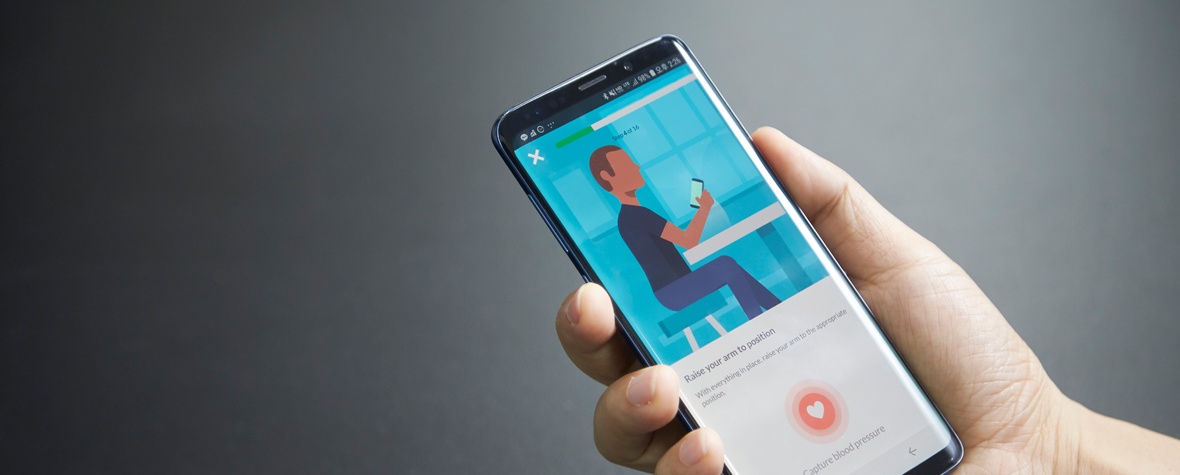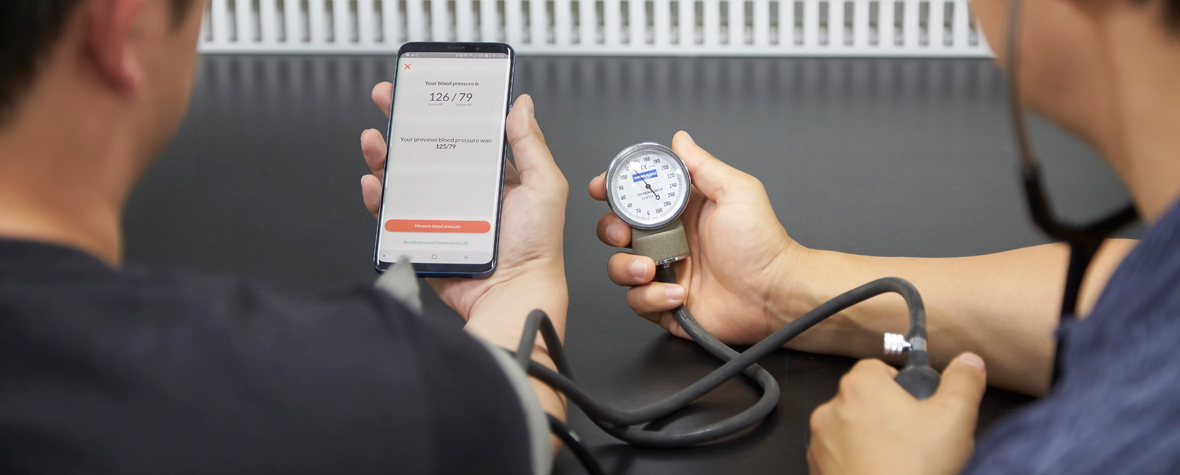
The rise of healthcare costs, due to population aging and prevalence of chronic illness, has become a critical social issue. Consequently, there has been a rapidly growing need for Healthcare Platform (HP) solutions that can help people to manage a healthy status by preventing chronical illness and maintaining normal lifestyle without trained assistants. Combination of advanced sensors and mechatronics is a key component in establishing HP, as well as information and communication technologies.

HP solutions continuously sense, analyze, and transmit various clinical parameters which include vital and non-vital signs. These parameters are acquired via wearable and/or implantable biomedical sensors regardless of place or time. This information enables healthcare specialists to monitor user’s conditions remotely, provide appropriate health advices, and assist users to keep proper physical activity levels. This is a truly revolutionary system to improve the quality of life.

In react to rapidly evolving healthcare industry, SAIT is performing world-class research on HP solutions for commercial use. We devote ourselves to invent novel core technologies such as sensing platform that can monitor health conditions in non-invasive manner, and wearable robotics that can naturally interact with human movement.
One example of our recent efforts is cuff-less blood pressure trend tracking solution. The blood pressure monitoring solution is based on unique SAIT-developed algorithm and recently added to Galaxy S9. This revolutionary technology will help people manage their health status related to cardiovascular disease.
Also, SAIT has been working on wearable robotics which can enhance physical capability of the elderly or patients who are suffering from musculoskeletal problems due to aging or disease. Our research focus on developing power-assistive exoskeletons which differentiate itself in terms of light-weight structure design, innovative actuators and compliance to human motion from competitors.
These technologies will be eventually integrated into our daily lives via smart personal devices such as wearable devices, smart phones, tablet PCs, and smart TVs; providing a novel insight of the future healthcare service.